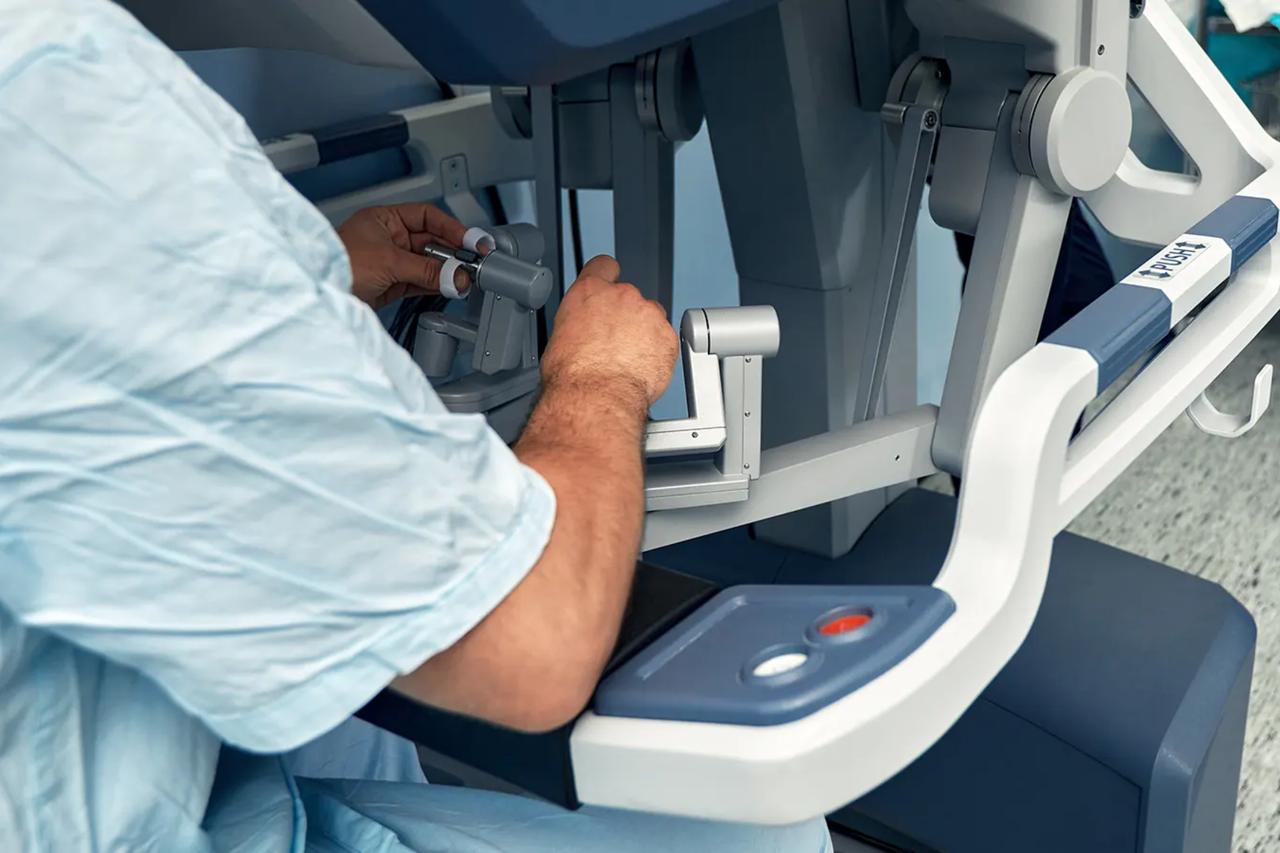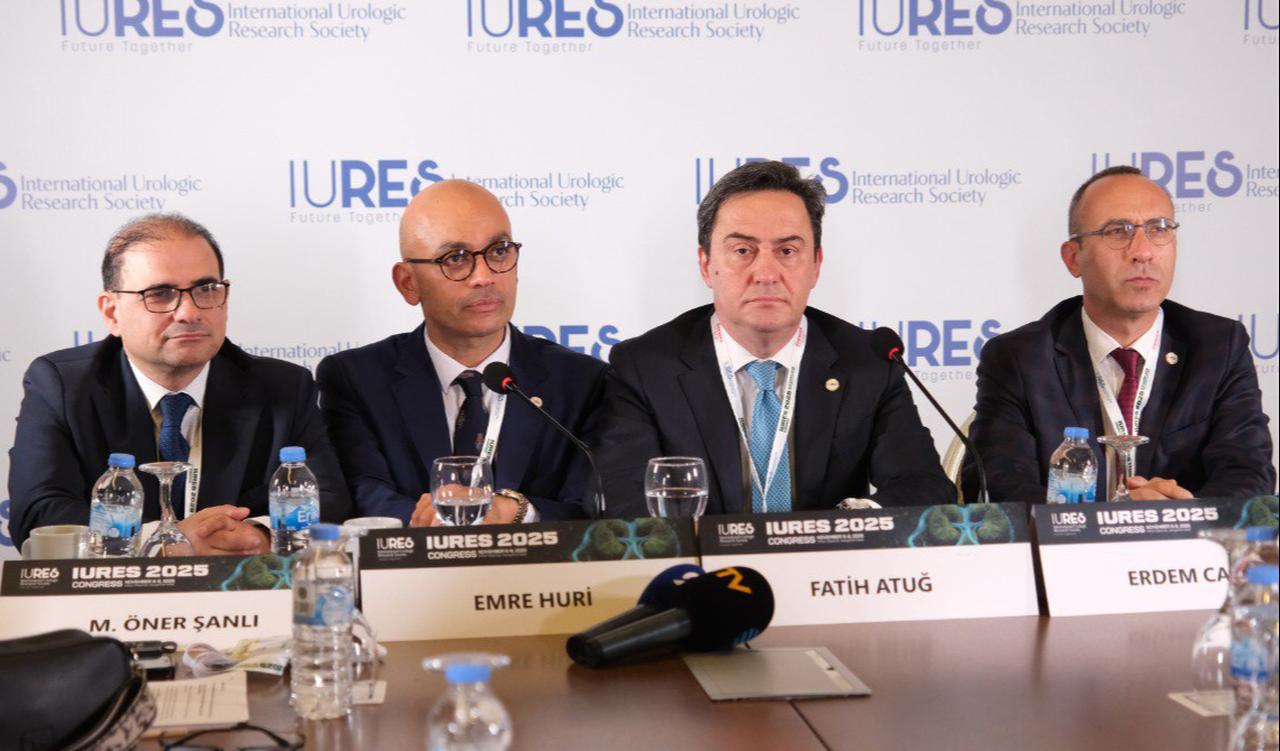
Türkiye’s rapid progress in robotic surgical systems, particularly in the field of urology, has positioned the country as a regional reference center.
According to leading specialists, Turkish surgeons now both perform advanced minimally invasive procedures and provide international training programs for physicians from Europe, the Middle East and Central Asia.
Professor Dr. Fatih Atug, Chairman of the International Urology Research Society (IURES), noted that robotic systems have increasingly shaped modern medical practice worldwide, with a significant impact in urology.
He emphasized that Turkish surgeons have strengthened this field with consistently successful outcomes and a strong clinical presence.
He explained that patients from Germany, the United Kingdom, Russia, Iraq, Azerbaijan, Qatar, Saudi Arabia, and Libya travel to Türkiye to access specialized robotic surgery services.
Turkish surgeons, he added, now also provide on-site training and live surgical demonstrations in countries such as Qatar, Saudi Arabia, Russia, and Greece.
Professor Dr. Emre Huri of Hacettepe University stated that Turkish physicians have moved from applying robotic surgery to becoming trainers in the field.
He noted that Türkiye has become one of the reference centers globally, particularly in robotic urology applications, where Turkish surgeons operate at a level comparable to European and American colleagues and, in some areas, take a pioneering role.
He added that hospitals in Türkiye receive both foreign patients and surgeons seeking training, especially from Balkan countries, neighboring regions, and the Middle East.

IURES Secretary General Professor Dr. Erdem Canda highlighted that Türkiye hosts internationally accredited robotic surgery training centers.
These programs welcome physicians from the Balkans, the Middle East, the Caucasus, and Central Asia for observation and hands-on education. He underlined that the availability of robotic systems has expanded not only in major medical hubs like Ankara, Izmir, Istanbul, and Antalya, but also in eastern cities such as Diyarbakir and Erzurum.
Professor Dr. Canda explained that robotic procedures involve instruments as small as 8 millimeters, allowing surgeons to operate through small openings in the abdomen while using high-resolution, three-dimensional imaging.
He noted that the system enables surgeons to see structures that the human eye may have difficulty distinguishing.
This increased precision, he said, helps surgeons protect delicate nerves and blood vessels more effectively, which reduces bleeding, lowers complication rates, and supports improved recovery and cancer treatment outcomes.